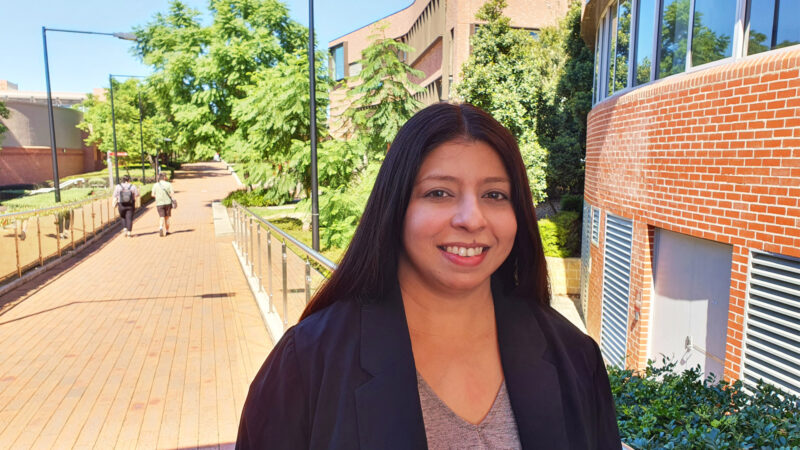In a wide ranging report looking at the carer needs across Australia, PwC Australia published Reimagine Care Workforce Solutions in October 2022.
Australian Health Journal spoke with Kerryn Dillon, Director Ageing and Reablement and Health Workforce at PwC Australia about the community care sectors of aged care, disability care and childcare the report covers.
These segments cover a number of policy portfolios – education, social services, housing, employment and health. Kerryn references some of the demands on community care workers:
- 22% of the 5.7 million aged over 60 in Australia access aged care services
- 10% of the 1 in 6 people living with a disability access specialised disability services through the NDIS
- 1.3 million of the 1.6 million children in Australia aged under 5 access child care services
Kerryn states there is a significant overlap in the duties performed across the segments and the demand will continue to grow. There are 4 key challenges that she talks about
- Demand increasing due to population growth, the ageing population, growth of NDIS
- Ageing workforce across domains such as nursing and aged care, further compounded by the same rate not entering the workforce
- Limited training for the existing workforce and focus on compliance rather than best practice
- Poor value proposition making it difficult to attract new workers
Frances McMurtrie, Senior Management from Strategy&, a division of PwC Australia speaks about the work Strategy& has done in the report on applying a demand and supply model to the care workforce shortage issues.
Frances talks about the factors and levers that determine the supply of workers, especially the key factor of motivation in performing a care worker role. The analysis includes the care worker pipeline or funnel that approximates (using ABS, Aged Care Workforce Census and NDIS National Workforce Plans) that of the 13 million Australian making up the total labour force, there are less than 1 million who are interested, trained and delivering care roles.
In researching the drop off from a pool of 13 million to 1 million, most investment is going into the “narrow-end” for training and recruitment. Research has shown there is a lack of investment in the motivation supply factor, in closer proximity to the total labour force of 13 million (and even at the top of the funnel where the working age population is at 16 million).
As Frances points out, current communication strategies on attracting care workers are focusing on the existing value proposition of being a care worker – primarily on altruism.
Reimagining care workforce solutions forms PwC Australia and Strategy&’s assessment on fiscal policy, the share economy, the role of telecare or virtual care and using robotics.
Both Kerryn and Frances conclude with earmarking technology being a significant enabler of the care worker sector and addressing some of the challenges.
You Might also like
-
Caring for community
With a passion for helping people, Carina Fernandes in her final year at Western Sydney University received accolades as a nursing student. Now a recent graduate, having completed her Bachelor of Nursing (Advanced) degree, and recognised as an Emerging Nurse Leader 2021 by the Australian College of Nursing, Carina has her sights set on her new role in healthcare, at the same time keeping sustainability top of mind.
-
Report gives insights to clinical trial activity in Australia
Established in 2024, Bellberry is a Adelaide-based national, not-for-profit organisation that provides streamlined scientific and ethical reviews of human research. It is the 2025 winner of the Championing Health Award in the Telstra Best of Business Awards.
Australian Health Journal spoke with Bellberry Limited CEO, Kylie Sproston on the organisation and the findings in activity documented in the Clinical Trial Activity Report (CTAR) 2024.
-
Physiotherapy approach to jaw & facial pain ties with dental expertise
Darron Goralsky is the Founder, CEO and Clinical Director of Melbourne TMJ & Facial Pain Centre, one of Australia’s leading multidisciplinary clinics dedicated to the assessment and management of temporomandibular disorders (TMD) and craniofacial pain.



